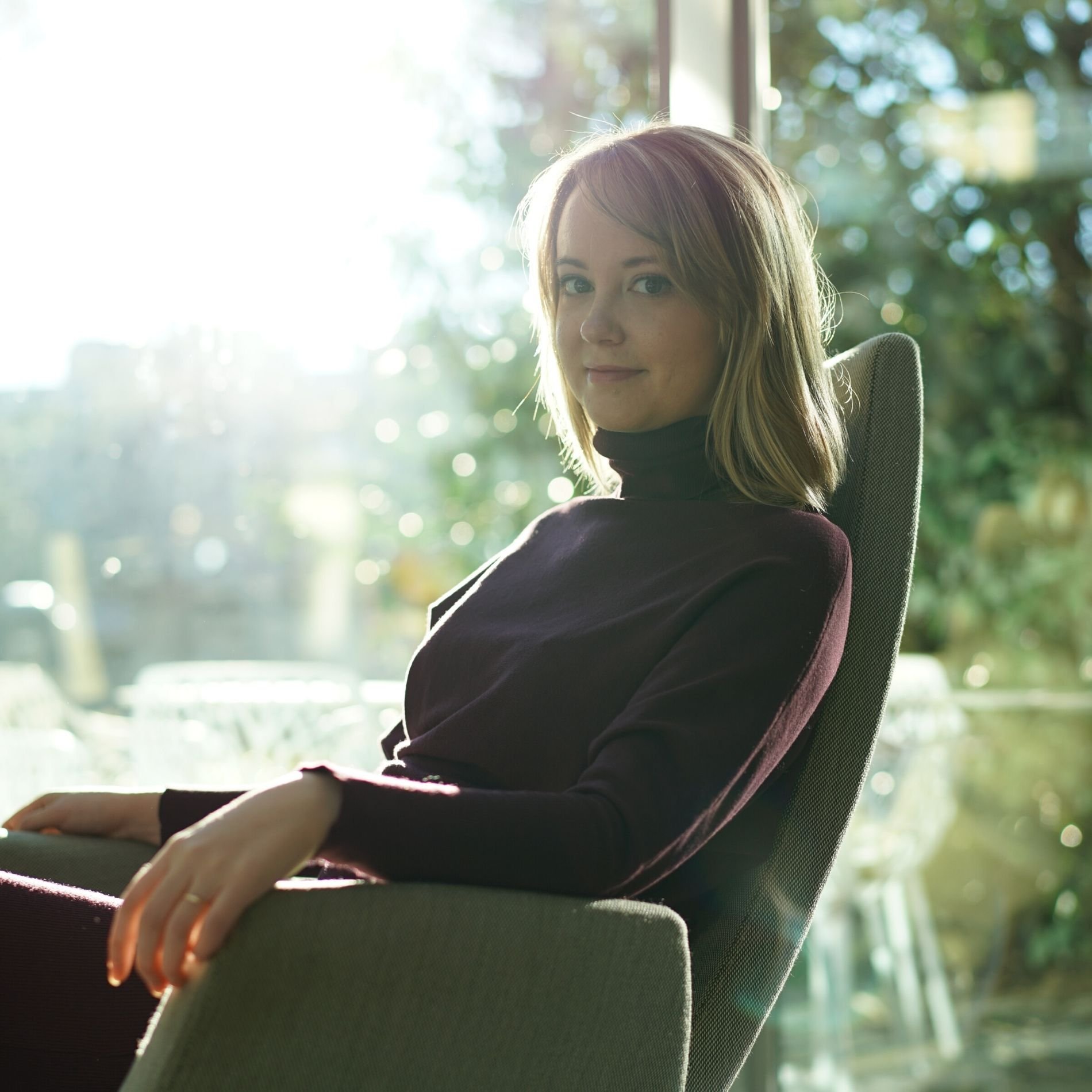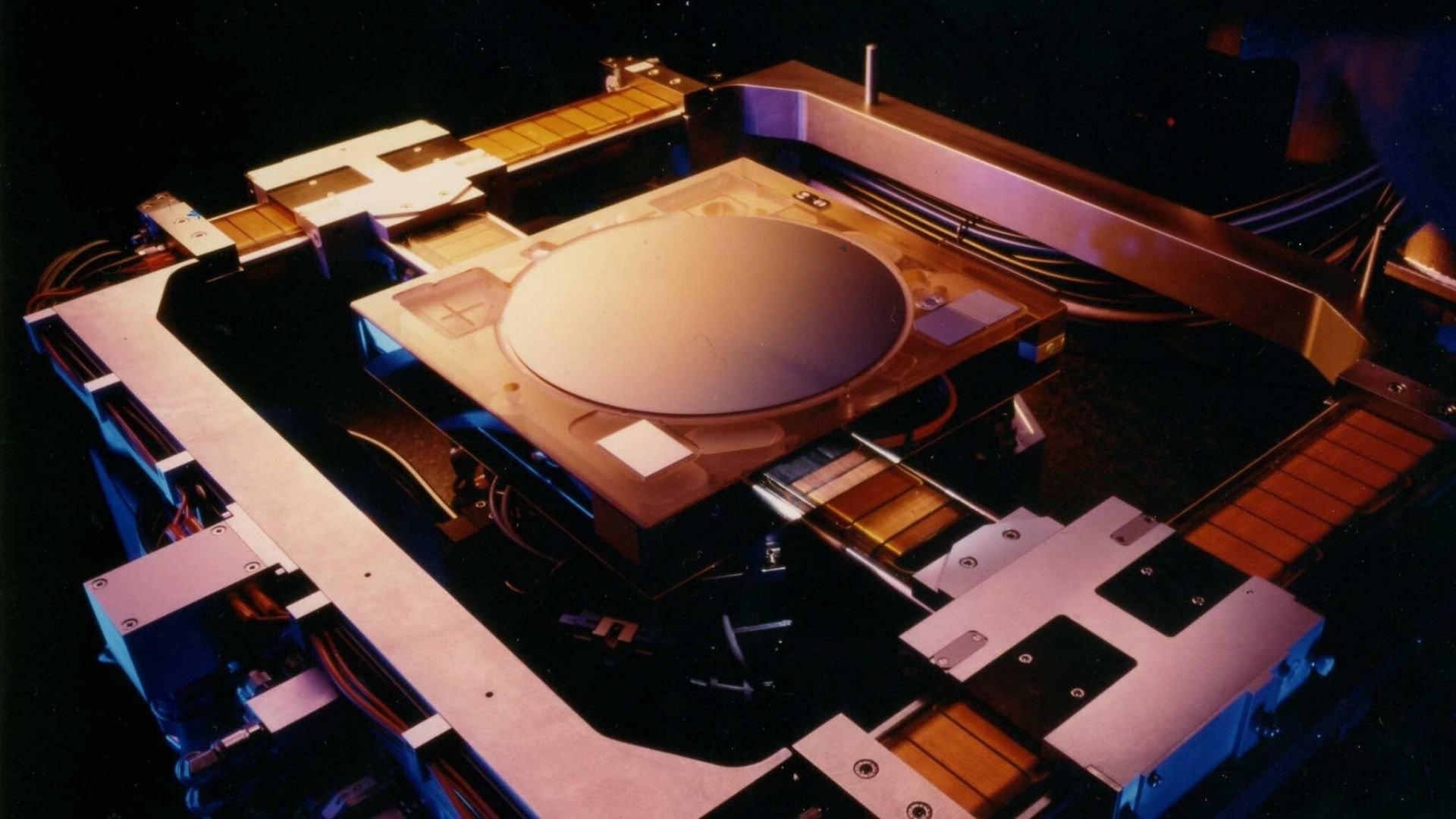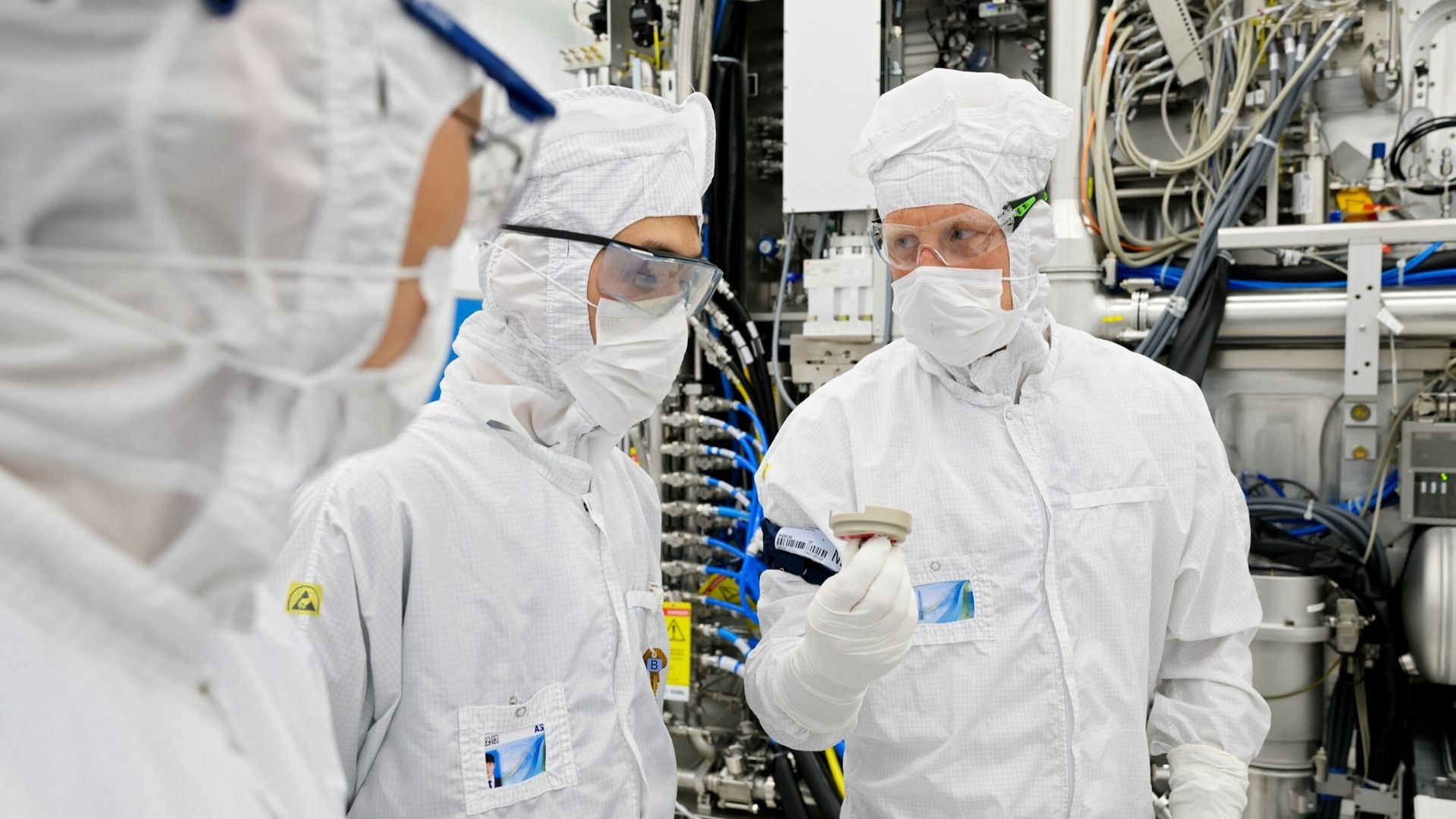7-minute read - by Kate Brunton, July 31, 2018
If the prospect of becoming a manager doesn’t make you excited, don’t worry; there are other ways to advance your career. At ASML, people can steer clear of the ‘managerial’ track and choose the ‘expert’ or ‘project lead’ tracks instead. In this article, we highlight our two most recent ASML Fellows, a title awarded to experts in our R&D department who have made outstanding contributions to our technology.
Moving forward in your career doesn’t always have to mean becoming a manager. Back in 2012, the Harvard Business Review published an article entitled “Your Career Needs to Be Horizontal', which pointed out the fact that even then, though society has moved away from the traditional ‘career ladder’, most of us still assume that career success is vertical.
A certain degree of hierarchy is beneficial in any company. But now with over 24,000 people in countless different departments and locations worldwide, our employees think of ASML as a jungle gym to climb around, rather than a simple ladder. A playhouse here, a slide there, balancing bars over there. “We encourage our people to develop on the job,” says Heleen Cocu-Wassink, ASML’s global head of people development. “We do this by giving each other feedback, or for instance through a rotation to another department or a short- or long-term assignment abroad.”
At ASML, we recognize and honor our technical experts as well as our more traditional managers. How could we not? Our company’s success is built on technology leadership. One of the ways we do this is through fellowships.
We award the title of ‘fellow’ to a select few experienced employees who have made an ‘outstanding technical contribution’ to ASML and are recognized both inside and outside the company as a ‘top technical authority’. They’ve usually generated a significant amount of intellectual property and have a long list of patents and technical publications. They also demonstrate the ability to mentor other engineers.
Introducing our most recent ASML Fellows
Every year we hold a global ASML Technology Conference. It’s one of the largest developer conferences in the world, attended by employees from all four of our development sites (in the Netherlands and in Connecticut, San Diego and Silicon Valley in the US), and where we announce and celebrate new fellows.
At one of our recent conferences we awarded two colleagues with this prestigious title: Weiming Ren, expert in e-beam metrology, and Patrick Tinnemans, a researcher working in sensors metrology and computational modeling.
Weiming comes from HMI (Hermes Microvision), a Silicon Valley-based company recently acquired by ASML. As the author of 11 technical papers and one book, Weiming is the top generator of intellectual property for HMI, with more than 40 US patents granted in 44 different patent families. Her patents and patent applications are focused on e-beam inspection, covering projection type, single-beam type, multi-column type and multi-beam type. She is considered our leading authority on e-beam single source and multibeam inspection.
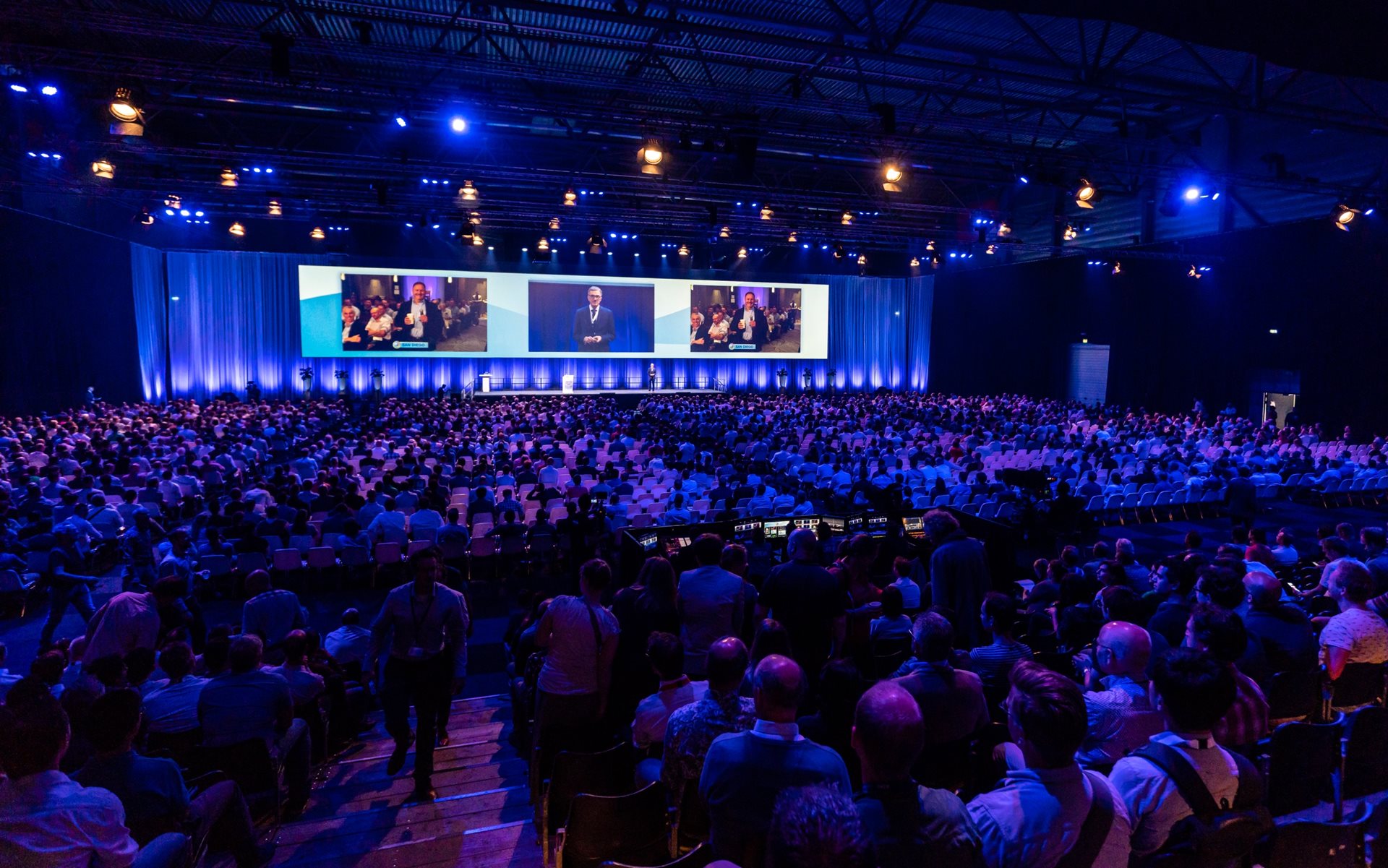
E-beam metrology uses a single electron beam to do very precise, high-resolution measurements in a specific location. This technique makes it possible for chipmakers to determine what the chip structure actually looks like. Multibeam metrology scales this technology to use multiple electron beams to measure multiple areas of a wafer simultaneously.
Patrick Tinnemans has submitted an incredible 189 patents in 56 patent families. The sheer number and variety of patents are testament to the depth and originality of his thinking and his dedication to each of the many projects he’s worked on during his 20 years at ASML. As Jos Benschop, ASML’s senior vice president of technology puts it, “Patrick combines his superb mathematical skills with a deep understanding of physics and optics. He has an enormous drive, making a significant contribution to ASML products like YieldStar critical dimension metrology, the ORION sensor, and NXT and NXE lens models.”
A passion for technology
For both Weiming and Patrick, their interest in technology began at an early age. Growing up in northeast China, Weiming always knew she wanted to pursue a technical career. Her father was a doctor and her mother was an engineer, and they encouraged her to be independent. “I wanted to focus my life’s work on something I truly enjoy, and from a young age I’ve always loved cameras and watching the night sky,” says Weiming. “So optical engineering seemed liked a good choice for me, and I still feel that way today.”
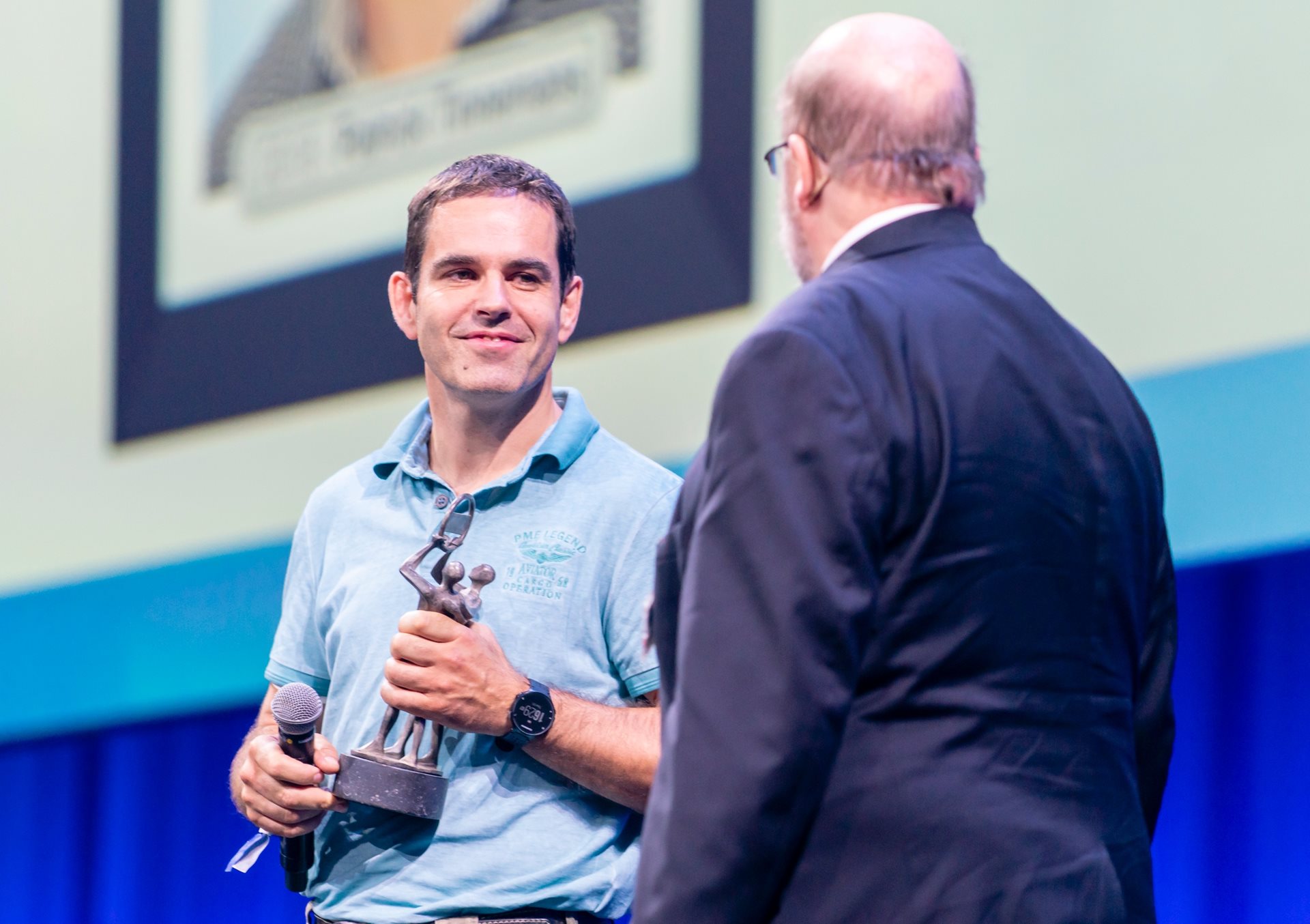
Patrick discovered his interest in technology thanks to his father. “My interest definitely began at home,” says Patrick, who hails from Bladel, a town not far from ASML’s headquarters in Veldhoven, the Netherlands. “My dad had an electrical repair workshop – he fixed everything from video recorders to washing machines. As an only child, I spent a lot of time with my dad in the shop and was instantly fascinated with figuring out how things worked.”
Perseverence
No one becomes a fellow overnight; it takes years of hard work and patience. Weiming’s and Patrick’s passion for technology has been their guiding force over the years. As Patrick says, “If you are really interested in something, you are more likely to be successful.”
“If you are really interested in something, you are more likely to be successful.”
This passion drives fellows to be extremely dedicated to their work, searching doggedly for answers and solutions. “I always try to find out the fundamental reasons behind a problem,” says Weiming. “Solving the problem is first, and then making my solution better as much as possible is second.” Weiming says she often works into the wee hours of the night when she’s deep into a problem, unable to truly rest until it’s solved. Patrick is no different; even after receiving ASML’s highest honor, he doesn’t stop to rest. “There’s always more to do,” he says.
Horizontal development
Patrick and Weiming have developed their careers horizontally as well as vertically. Over the years, Weiming’s career has taken her to some of the semiconductor industry’s most notable companies, beginning with Nikon, Ebara, HMI and now ASML. After completing her education in China, earning her bachelor’s and master’s degrees in applied optics and optical engineering and later her PhD in optical instruments, she worked in her home country for seven years and in Japan for nine years before coming to the United States to work for HMI. HMI was happy to have found her. “We spent a long time looking for an e-beam theoretical expert after HMI was founded in 1998 and were lucky to have Weiming join us in 2007,” says HMI CTO Zhongwei Chen.
Patrick worked at OCE (now part of Canon) after his graduation from the Eindhoven University of Technology, and then started at ASML in 2000 as an architect in the Electronics Development department. “At ASML, there have always been challenges and opportunities to interest me,” says Patrick. “A particular career highlight from my first years at the company is that I helped develop ASML’s first immersion scanner, together with a small team. But there were always new projects to work on, and eventually in more areas where I could follow my deeper interest in (applied) mathematics.”
Giving back
Other people in the company rely on fellows like Weiming and Patrick for mentoring and guidance. Weiming enjoys mentoring young team members on electron optics theory and simulation, and encourages them to work with passion and to learn something from every task. She’s also a big believer that no one works alone: treasure all the people who help you, she tells them.
HMI CTO Zhongwei Chen describes Weiming’s mentoring process. “Weiming encourages and inspires her mentees to share their own thoughts, knowing it’s not the right thing to ‘tell’ them what to do but rather to stimulate their interests and let them ‘discover’ what to do. She may be busy, but she’s always open for discussion, and whenever there’s a problem she thinks rigorously and dedicatedly to solve it. This work ethic has deeply influenced her mentees and made them aware of the ingredients needed for a successful career.”
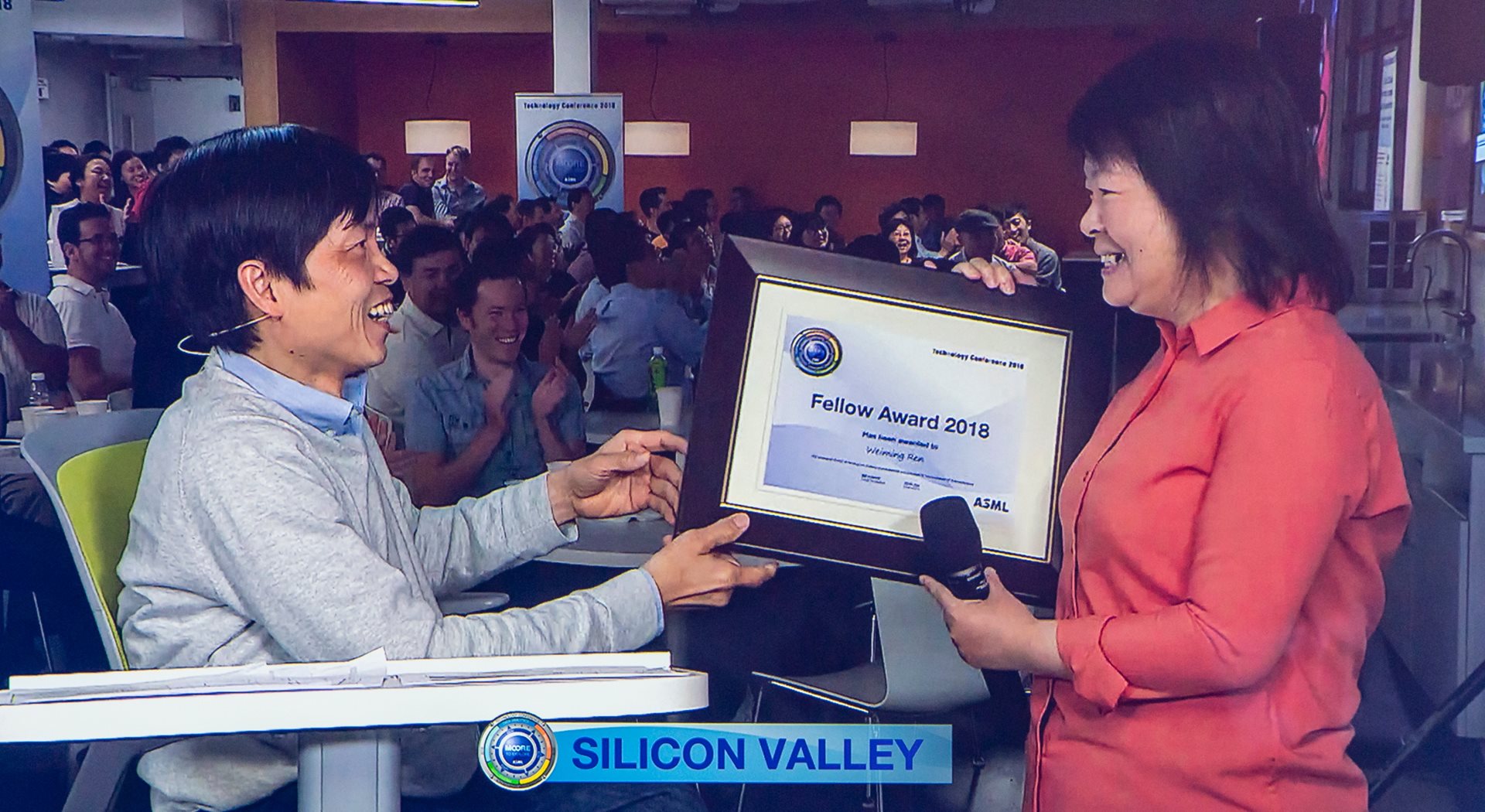
Patrick also says he’s ready to take on the additional responsibilities that come with the ‘fellow’ title. “I know my work will be more in the spotlight now, but at the same time, it will give me more opportunities to come up with new ideas,” he says. “I also enjoy mentoring and sharing knowledge with younger engineers — surrounding yourself with bright minds from different fields keeps you sharp – so I will look forward to more of that too.”
